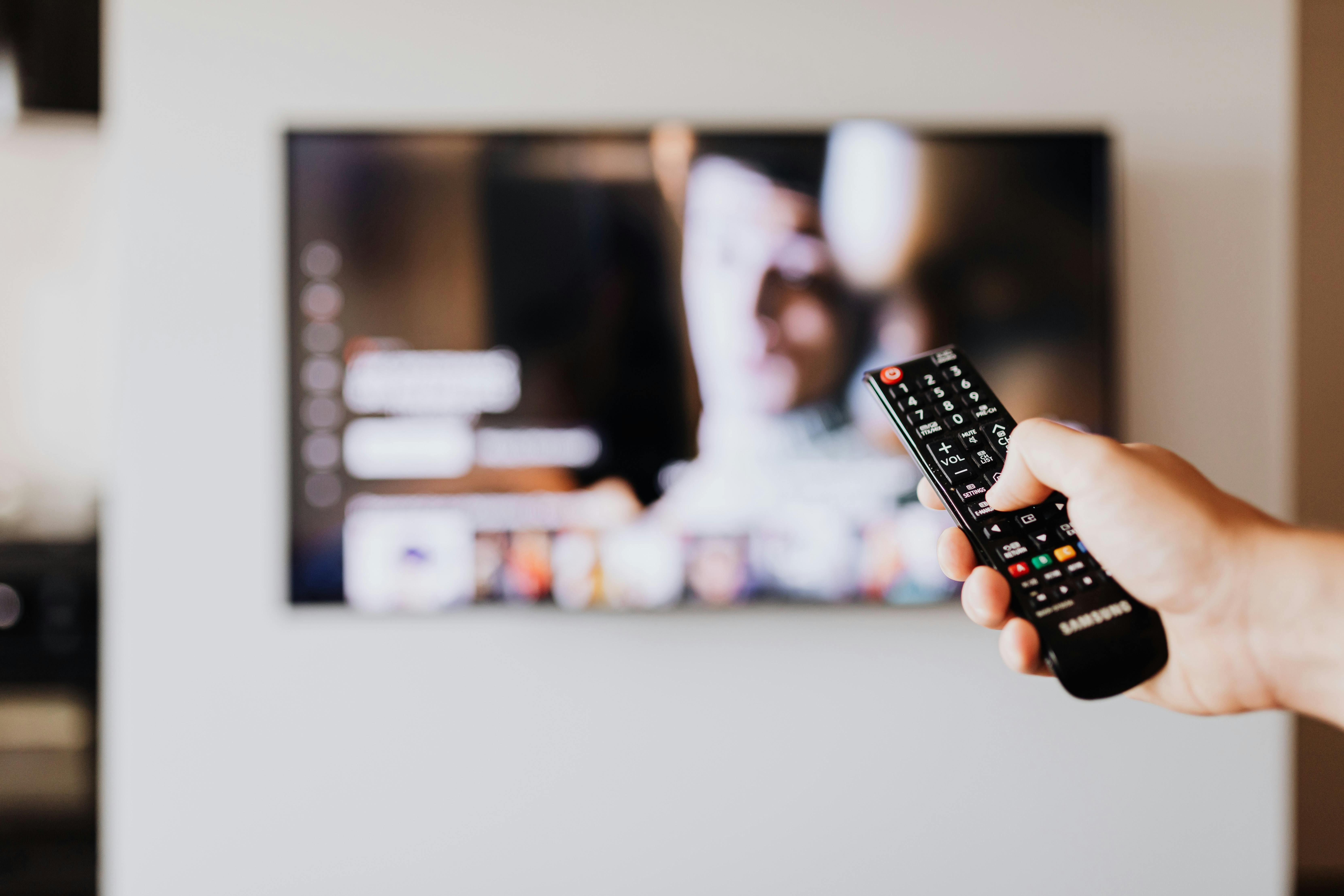China Cyberattack: What It Means for Internet Providers and Users
Meta Description: Explore the recent China cyberattack on internet providers, its potential impact on users, and how to protect your personal data from cyber threats.
Introduction
The digital world is under constant threat, and the recent China cyberattack on U.S. internet providers has raised alarms across the globe. As internet security becomes more critical than ever, this attack has shaken confidence in the safety of personal and business data. But what does this mean for everyday internet users, and how can you protect yourself?
In this article, we’ll dive into the implications of this cyberattack, how internet providers were targeted, and what actions you can take to safeguard your information from cyber threats.
The China Cyberattack: What Happened?
Recent reports reveal that China-backed hackers orchestrated a significant cyberattack on major U.S. internet providers. The attack targeted sensitive data, including user information, communication systems, and corporate networks. While full details of the breach are still emerging, it’s clear that this attack was not just about stealing data—it was about exploiting vulnerabilities in the infrastructure that supports internet connectivity across the country.
This attack has not only disrupted services but also exposed gaps in the security measures implemented by internet providers.
Impact on Internet Providers and Users
1. Service Disruptions
One immediate effect of this attack is service disruptions. Customers of affected internet providers may have experienced slow speeds, outages, or difficulty accessing certain websites. As providers scramble to recover from the breach, some users are still feeling the impact.
2. Data Privacy Concerns
The attack highlights growing concerns over the security of personal data. Information such as browsing history, passwords, and financial details could be at risk. For businesses, the stakes are even higher, with critical infrastructure and trade secrets potentially compromised.
3. Rising Cybersecurity Threats
This breach is a reminder of the increasing sophistication of cyber threats. As attackers become more advanced, internet providers must invest in stronger cybersecurity defenses to protect their networks and customers.
What This Means for the Future of Internet Security
1. Increased Focus on Security
Internet providers will need to increase their investments in security measures. Firewalls, encryption protocols, and regular network audits will become even more crucial to prevent future attacks.
2. Government Involvement
The attack has caught the attention of governments worldwide, leading to calls for stricter regulations and stronger partnerships between public and private sectors to secure critical infrastructure.
3. Consumer Protection
As a user, you may see internet providers pushing more user-friendly security options, such as two-factor authentication, to help safeguard personal data. Many companies are likely to offer free security software or advice on how customers can protect themselves online.
How to Protect Yourself from Cyberattacks
While internet providers work to enhance their defenses, there are several steps you can take to protect your personal data:
- Use Strong, Unique Passwords: Make sure all of your online accounts are secured with strong, unique passwords. Avoid using the same password across multiple platforms.
- Enable Two-Factor Authentication (2FA): Use 2FA wherever possible. This extra layer of security can significantly reduce the chances of your accounts being hacked.
- Install a VPN: A Virtual Private Network (VPN) encrypts your internet connection, making it harder for hackers to intercept your data.
- Update Software Regularly: Keep your devices and software updated to ensure they are protected against the latest vulnerabilities.
- Monitor Accounts for Suspicious Activity: Regularly check your bank accounts, emails, and online profiles for any unusual activity that might indicate a breach.
Conclusion: A Wake-Up Call for Internet Providers
The recent cyberattack on U.S. internet providers by China-backed hackers is a wake-up call for both companies and consumers. As internet users, it’s important to stay vigilant and take steps to protect your personal information. Internet providers must also step up their security efforts to prevent future attacks of this scale.
With stronger cybersecurity measures and better awareness among consumers, we can reduce the risks posed by these growing threats in the digital age.
Order Now
Ready to secure your internet connection? Explore our top VPN recommendations.




